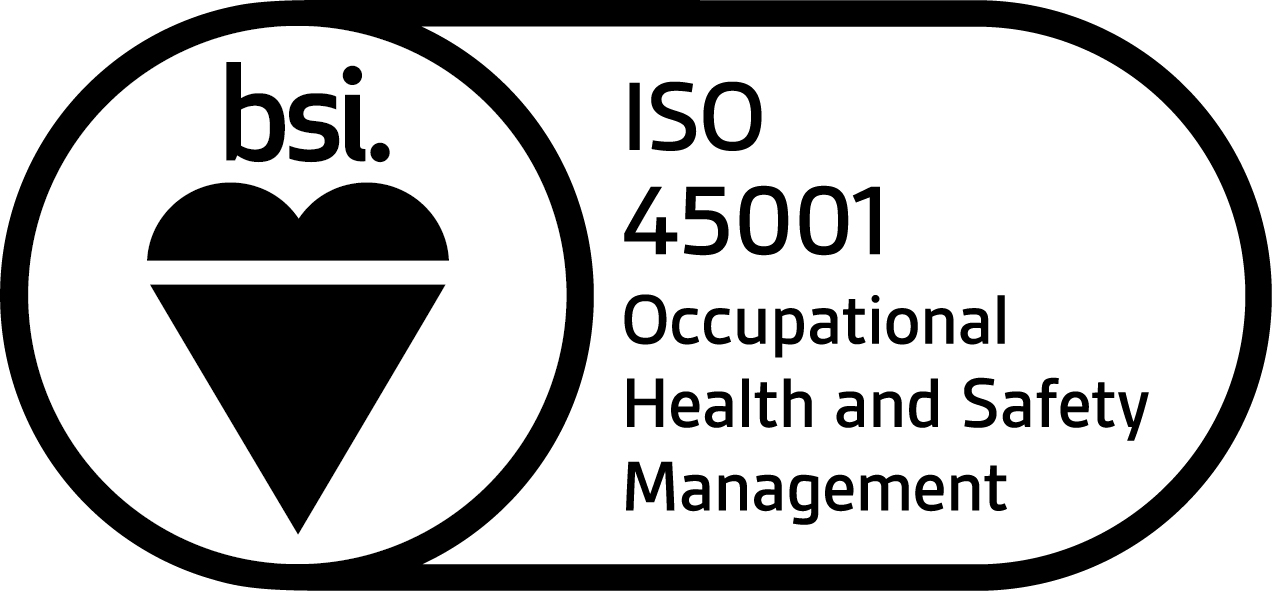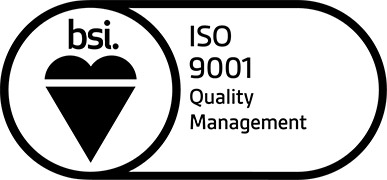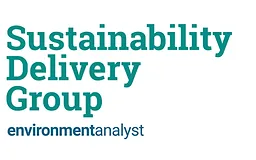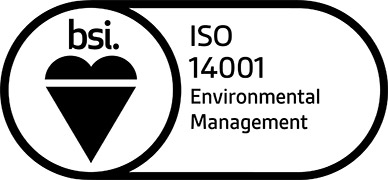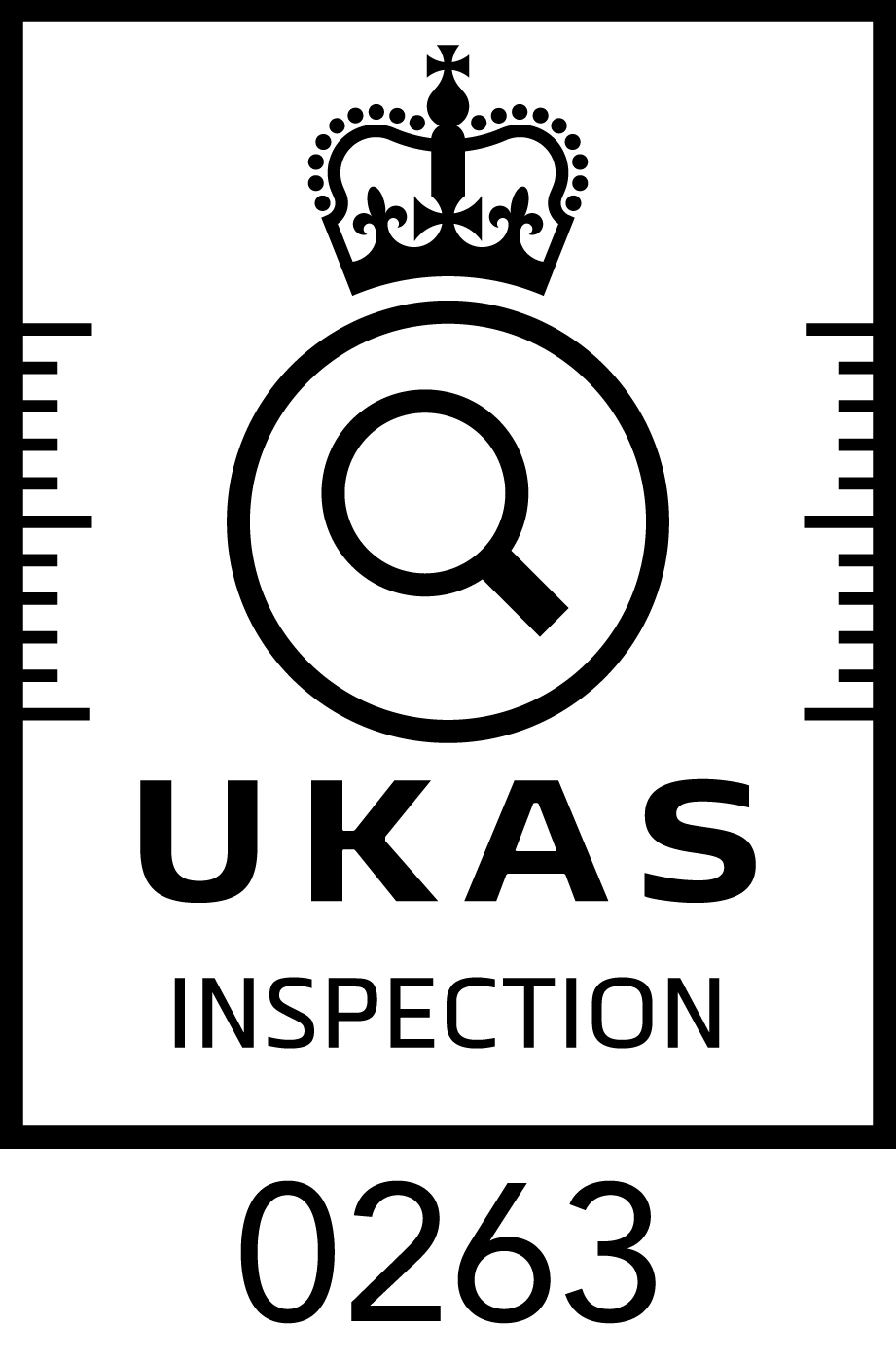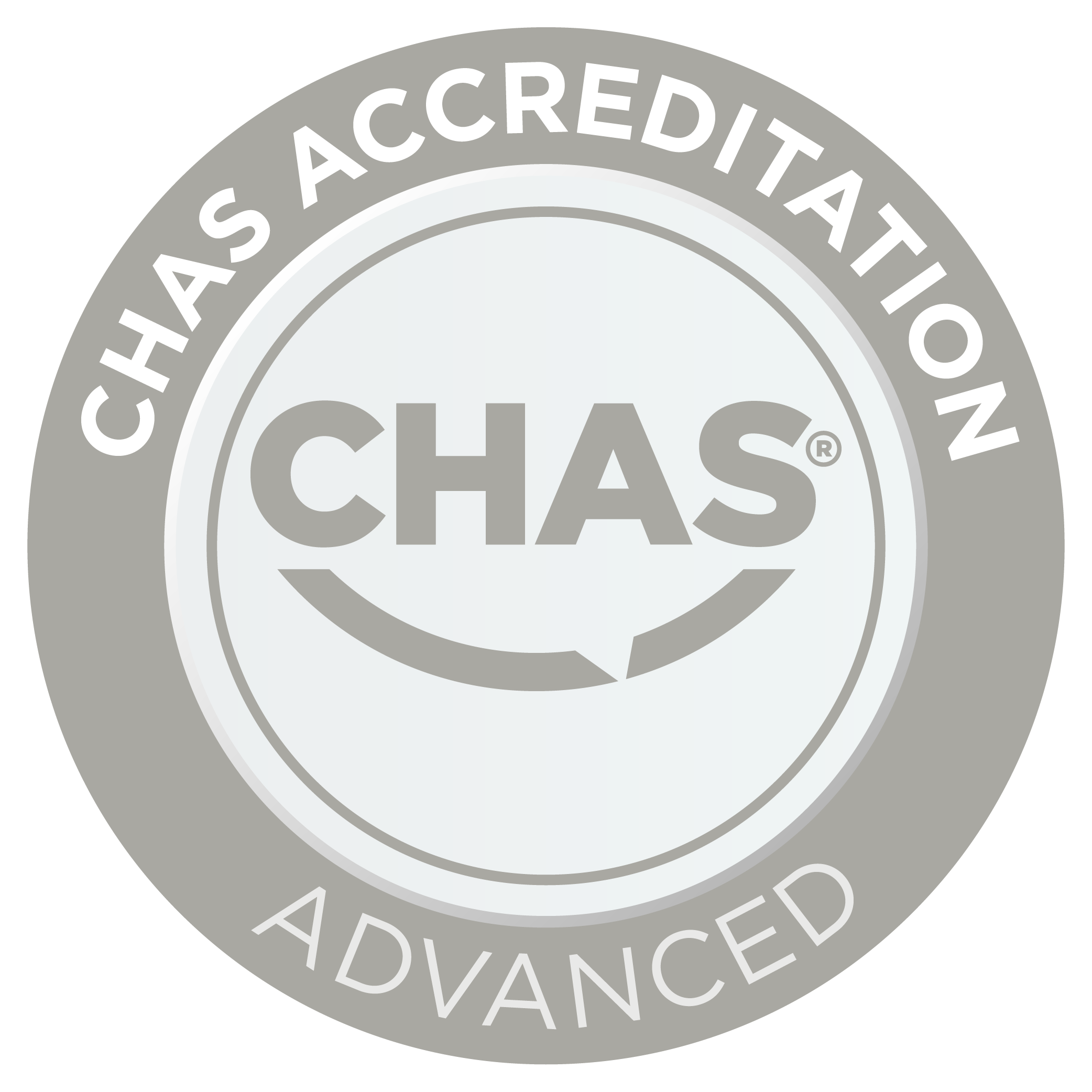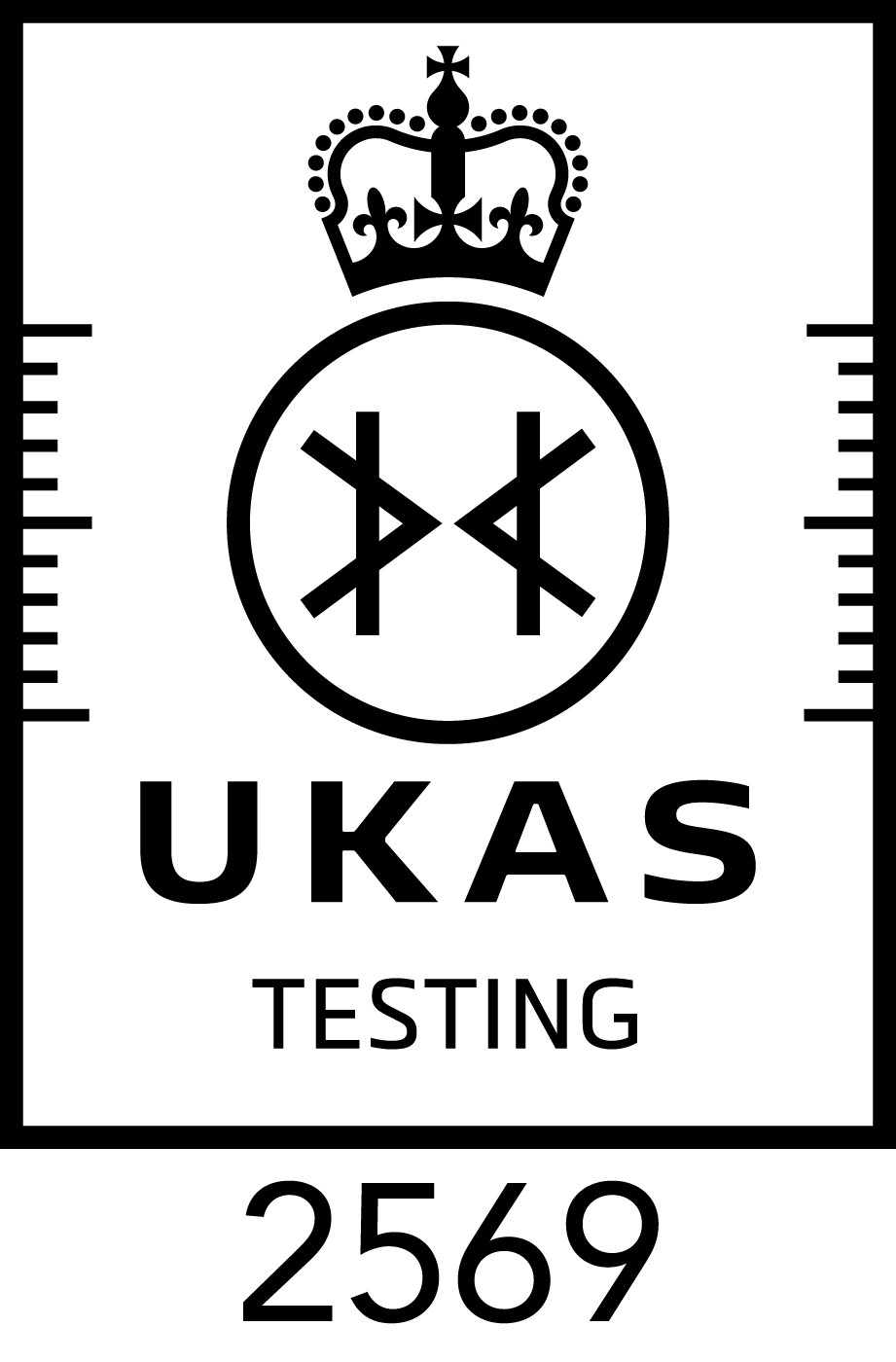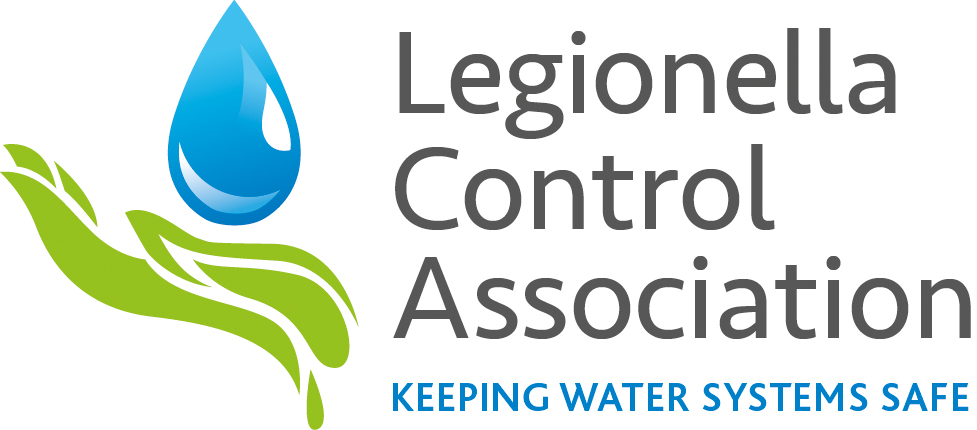Protecting people and planet
Protecting people and planet
Protecting people and planet
Protecting people and planet
Protecting people and planet
Weighing Up The Risks: Asbestos Exposure vs Nuclear Radiation

Lucion Group
19th November, 2020
UK market leaders in commercial-scale B2B asbestos testing, inspection, and consultancy, Lucion Environmental secures game-changing contract with Sellafield Ltd, expanding its current suite of nuclear sector clients. Key Account Director, Dave Cooper, discusses how Lucion helps nuclear sector clients achieve compliance whilst balancing the risks of asbestos and radiation.
According to the Health and Safety Executive (HSE) exposure to asbestos, a class 1 carcinogen, is reported as the UK’s number one occupational killer claiming 5000* lives per year and an estimated 107,000** lives worldwide, according to the World Health Organisation (WHO), as exposure to the mineral causes asbestos-related diseases.
Due to its heat resistant and durable qualities, asbestos was historically used in the building and development of power plants built prior to the 1980’s including; oil-fired, coal-fired, and nuclear power plants, throughout the UK. When the first UK nuclear power plant came into operation in 1956, the widespread use of asbestos fibres and products manufactured from these fibres used in the British construction industry was peaking with over 170,000 tonnes of asbestos imported each year. Whilst the dangers of asbestos use was known (and the first asbestos laws were passed as early as 1930 due to an increase in asbestos-related diseases), control measures, safe systems of work, Personal Protective Equipment (PPE) and asbestos awareness training were seldom used or provided.
Why is asbestos on nuclear power plant sites an issue?
Unfortunately, due to the nature of nuclear power stations (and other power stations), ensuring buildings were fire retardant and the process systems were well insulated was essential due to the amount of heat produced by the reactor and surrounding plant, equipment and machinery. This meant that many power stations were constructed using a large amount of asbestos throughout the plant including in; pipe lagging, insulation, gaskets and even in some of the provided PPE including aprons and gloves. Over time and during refurbishment works, these asbestos-containing materials would degrade or become damaged, releasing deadly asbestos fibres into the air, putting power plant workers, technicians, electricians and engineers at risk of experiencing an asbestos-related disease at a later point in life.
Reported by the HSE in July 2020, amongst the top ten occupations demonstrating mortality rates between 1980-2000 from mesothelioma (arguably the most serious form of asbestos-related diseases) were Electrical Plant Operators with figures continuing to increase.
Am J Public Health published the findings of their study in 2013 Analyses of Radiation and Mesothelioma in the US Transuranium and Uranium Registries in which the study speculates (although it is worth noting that the data is very limited) that there is an elevated risk of mesothelioma and other lung diseases from radiation exposure as well as asbestos exposure.
“The relationship between cumulative external radiation dose and the PMR and PCMR for mesothelioma suggests that external radiation at nuclear facilities is associated with an increased risk of mesothelioma."
According to the study, there is a possible associated increase in developing cancers, including asbestos-related cancers, from radiation exposure meaning that power plant workers could be at a higher risk of developing asbestos-related diseases (and others) than many other industry workers, who may also be subject to asbestos exposure.
What responsibilities do duty holders at nuclear facilities have relating to managing asbestos?
When managing the risk of asbestos on any site, the dangers lie in the potential to inhale repairable asbestos fibres, which is known to cause pleural mesothelioma as well as other asbestos-related diseases. During the erection of nuclear power plants, the dangers of asbestos materials were well known prior to their construction. Arguably, although not illegal, asbestos products should not have been used during the construction phase but additionally, appropriate PPE and other control measures should have been utilised to reduce the risk as far as reasonably practicable. Asbestos-related diseases were/are preventable. Multiple former power plant workers who contracted asbestos-related cancer have raised lawsuits against power plant manufacturers to compensate them for their exposure, many years after having worked in the industry, and even after the decommissioning of power plants.
If you are the duty holder, you are required to manage your asbestos risks in line with the Control of Asbestos Regulation (CAR) 2012. Effectively managing your asbestos risks is imperative to protecting your building occupants, environment, and organisation from the risks of asbestos.
How can nuclear facility duty holders negate the risks of asbestos on their sites?
Duty holders on nuclear facility sites can take a number of steps to manage the risks of asbestos on site by implementing practices including:
-
Identifying where asbestos is present on the site, usually by conducting a survey
-
Conducting a risk assessment that incorporates
-
A material risk assessment to ascertain how badly a material would release fibres if disturbed.
-
A priority risk assessment to ascertain how likely a material is to be disturbed
-
-
Documenting the findings in a site register and also writing an asbestos management plan on how these materials will be managed
-
Providing information regarding asbestos hazards and the management plan to those on site and also other stakeholders: Employees, designers, contractors and visitors (where necessary)
-
Ensuring that the plan is regularly reviewed and that the plan details how work around/with/or on asbestos-containing materials is going to be controlled and managed which is likely to include:
-
Using specialist licensed contractors
-
Being undertaken in accordance with approved methods and guidance
-
Use of a safe system of work (Plan of Work or Method Statement)
-
Adequate control measures
-
Provision and use of suitable and sufficient PPE and RPE.
-
-
Ensuring all team members on-site (whether employees or contractors) have received adequate training
As well as many other additional measures that can be taken, as an experienced provider of asbestos testing, inspection, consultancy and management on nuclear facilities, Lucion has introduced an innovative approach to managing asbestos risks on nuclear sites.
Innovative solutions to a common nuclear facility problem
A common issue our nuclear clients have highlighted when managing their asbestos risks on their nuclear facility is managing the testing and documentation of asbestos samples. Due to the nature of nuclear sites, asbestos samples and gathered data cannot be removed from site to be sent off to laboratories for testing and reporting. This is due to samples potentially being contaminated with radiation.
Lucion Environmental teams specialise in asbestos analytical services and has established, and operates our own in-house laboratory in Gateshead, which is now the largest UKAS accredited asbestos testing laboratory in the UK, capable of processing over 1,100 samples per day.
As a specialist provider of asbestos testing services, our team has set up numerous satellite laboratories based on client demand, onboard numerous ships in the North Sea and various clients including at Hinkley Point Nuclear Power Station (located within the radiological controlled area) and the BBC Television Centre in London.
We have also seconded two laboratory analysts to a leading UK engineering provider for the analysis of radioactive samples in an active laboratory where we are managing our UKAS accreditation under the controls and restrictions of the Ionising Radiations Regulations (IRR) 2017 and local safety and security rules.
The maintenance of our UKAS ISO / IEC 17025 accreditation for 16 years since launching our own laboratory without interruption is evidence of our ability to operate safely and effectively, and our operation of numerous satellite laboratories shows a proven track record of operating successfully in high hazard, highly regulated and secure environments.
Managing the risks on site gives our nuclear clients reassurance that their risks are effectively managed by a trusted supplier, our expertise ensures at all times that liabilities in relation to occupational health and safety, the environment, waste and security are well managed.
* Reported by the Health and Safety Executive (HSE) 2018
**Reported by the World Health Organisation (WHO) 2018
About the author
As Key Account Director, Dave Cooper has overall responsibility for leading the Lucion Services account management for key national clients across the Lucion Services group.
With over 17 year’s experience in the asbestos industry and previous experience in a commercial leadership role with Lucion, focusing on the commercial needs of our retained clients, Dave has been instrumental in the successful continuation of client contracts throughout acquisitions.
If you would like to discuss your asbestos needs relating to your project please contact our Commercial Team:
T: 0345 5040 303
Register for IMPACT Bulletin
Don’t miss a beat - get the latest insights and updates from Lucion straight to your inbox.

